Purim, Festival of Lots, the only time when ribaldry and license were encouraged as examples of proper behavior, arrives on the 14th day of Adar. Adar is the month that precedes Nisan, when Jews celebrate the liberation from slavery in Egypt. Purim is also about deliverance from great peril and has many parallels with Pesach. The drama of the humbling of Egypt and its Pharaoh, the destruction of his pursuing army in the waters of the Reed Sea, as told and retold at the Seder, is the same theme as the downfall of the tyrant Haman: salvation and the miracle of Jewish survival. Though one festival is celebrated with farce, noisemaking, and the command (at least traditionally) to get drunk, and the other with the solemn drama of an ordered ritual meal, storytelling and prayer, each has its own special book, its own unique telling of a miracle.
Purim is the Scroll of Esther, called the Megillah (meaning “scroll”). There are five “scrolls” read on the various festival and holy days, (Ecclesiastes or Koheleth – Succoth; Song of Songs – Pesach; Ruth – Shavuot; Lamentations – Tisha B’Av) but only the Scroll of Esther is required by our tradition to be heard in its entirety by everyone.
